China-headquartered solar module maker JinkoSolar has announced a strategic partnership with Climate Impact Corporation (CIC) to supply high-efficiency modules based on its N-type tunnel oxide passivated contact (TOPCon) technology for the proposed Green Springs off-grid hydrogen production project.
The Green Springs project, being developed south of Tennant Creek by Darwin-headquartered CIC, is to comprise a 10 GW network of modular renewable hydrogen production units functioning off-grid, and capable of producing more than 500,000 tonnes of green hydrogen annually.
The hydrogen production units will partner solar generation with an electrolyser and a device that extracts water from the atmosphere, avoiding green hydrogen’s traditional heavy water requirements.
CIC is confident the modular technology, being developed in collaboration with United States-based GE Vernova, will allow it to achieve a $3.34 (USD $2) per kilogram production price for green hydrogen.
Jinko said in a statement the inclusion of its N-type TOPCon technology will significantly reduce the LCOE (levelised cost of electricity) of the Green Springs project by virtue of its higher per-watt generation capacity, all-weather performance and overall generation gain.
“N-type TOPCon modules directly reduce the cost of electricity for PV systems by virtue of their ultra-high bifacial ratio and high power generation per watt,” the manufacturer said.
“Its low-light response capability and temperature coefficient advantage ensures stable operation of hydrogen production equipment in complex environments, significantly increasing the effective power generation hours throughout the year and further reducing the cost of electricity.”
“As a result, TOPCon technology brings the most cost-competitive green hydrogen to the project.”
Jinko said it expects to expand its collaboration with CIC to more regions around the world with the developer suggesting the Green Springs project will create a blueprint for the roll out of future projects.
CIC has already floated plans to build a similar 10 GW green hydrogen project in South Australia and has identified multiple sites around the world, including the Middle East, northern Africa, and places like Spain, Portugal and Greece, that have the right sort of climatic conditions and infrastructure to support projects like Green Springs.
This content is protected by copyright and may not be reused. If you want to cooperate with us and would like to reuse some of our content, please contact: editors@pv-magazine.com.
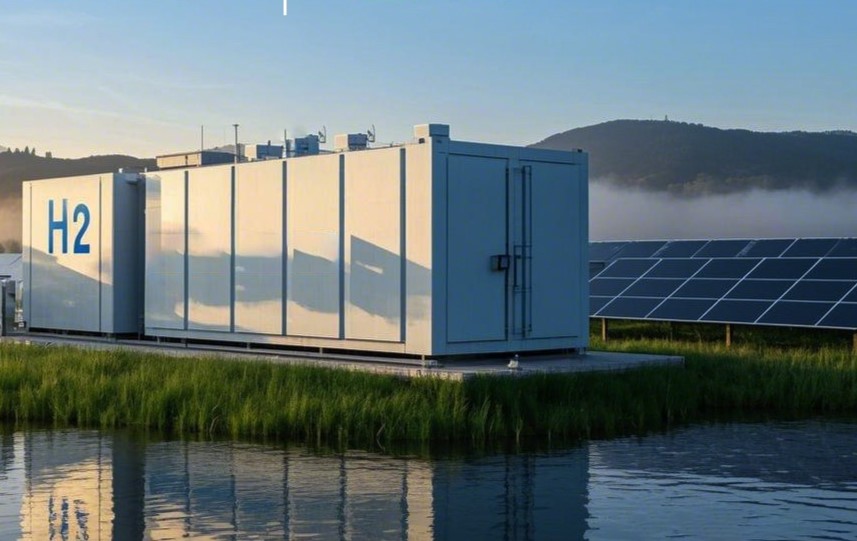
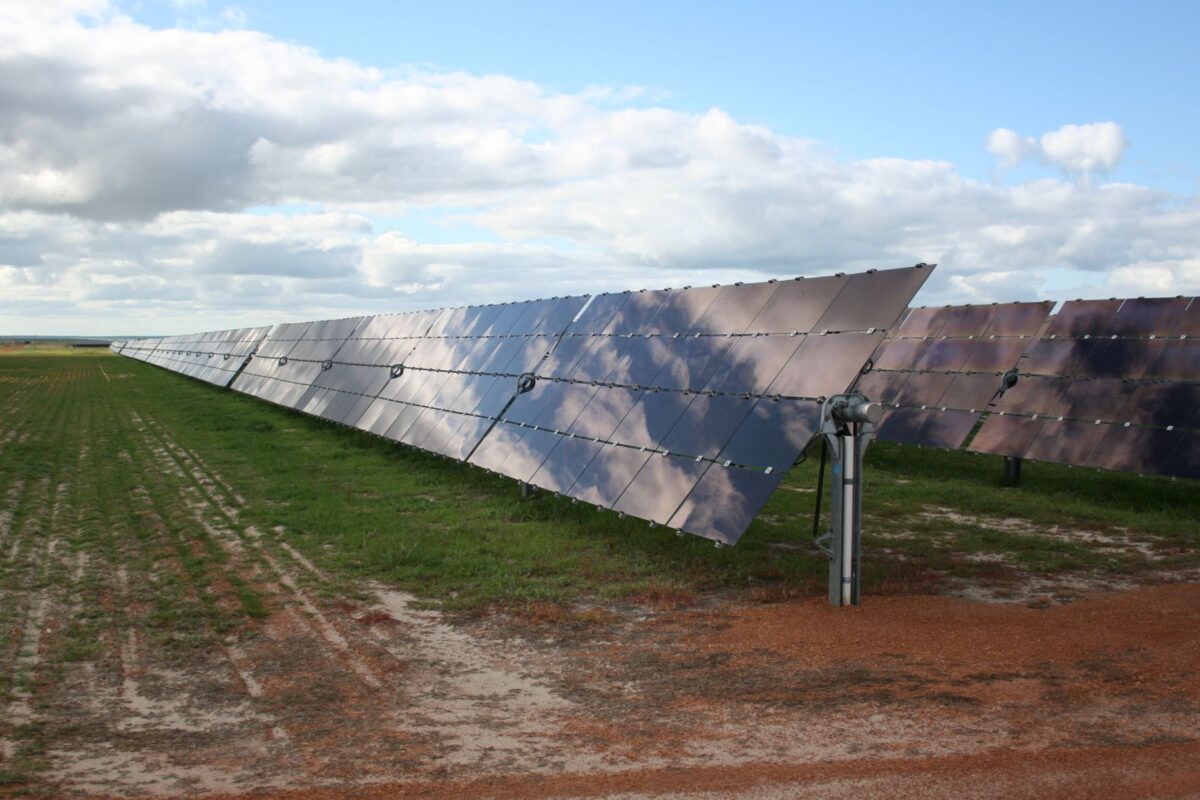
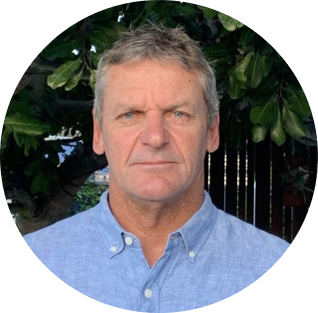

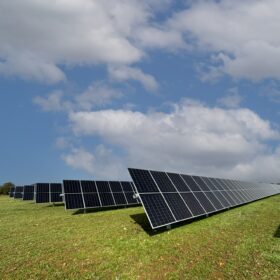
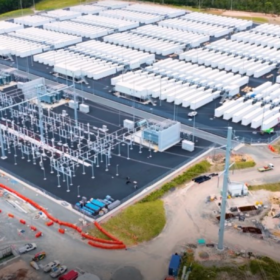
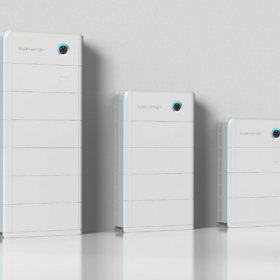
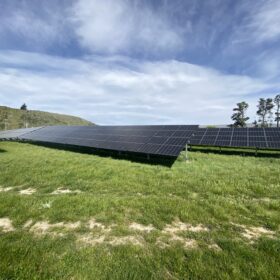
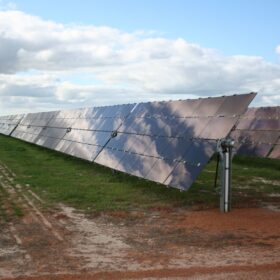
By submitting this form you agree to pv magazine using your data for the purposes of publishing your comment.
Your personal data will only be disclosed or otherwise transmitted to third parties for the purposes of spam filtering or if this is necessary for technical maintenance of the website. Any other transfer to third parties will not take place unless this is justified on the basis of applicable data protection regulations or if pv magazine is legally obliged to do so.
You may revoke this consent at any time with effect for the future, in which case your personal data will be deleted immediately. Otherwise, your data will be deleted if pv magazine has processed your request or the purpose of data storage is fulfilled.
Further information on data privacy can be found in our Data Protection Policy.